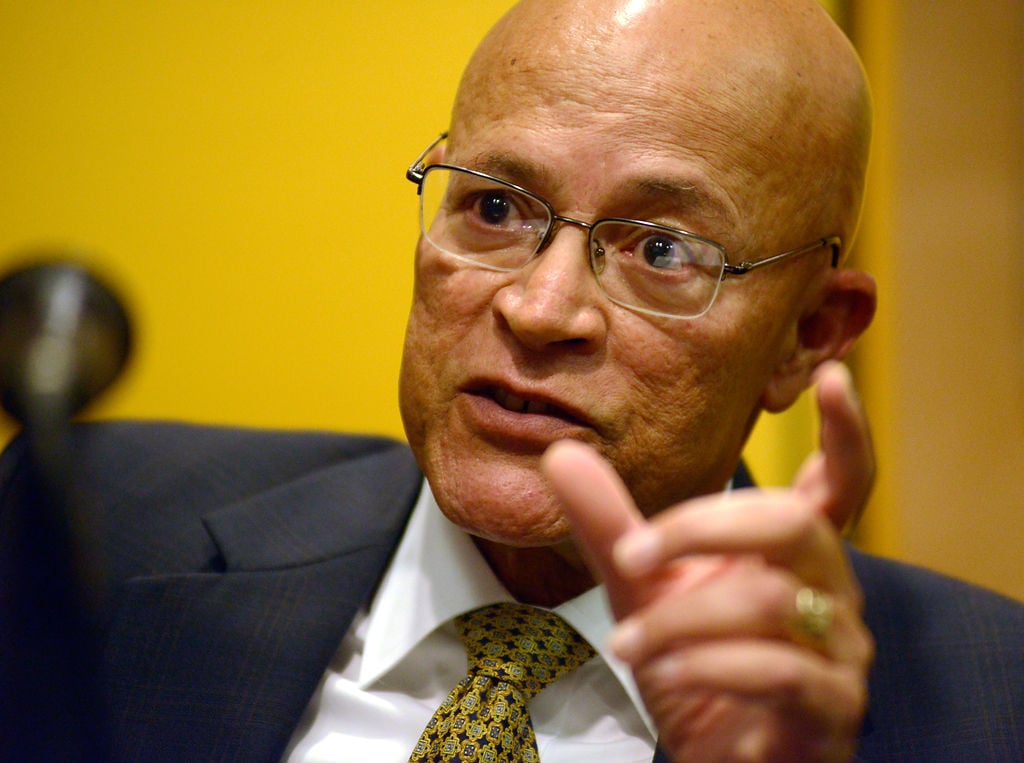Measuring Manhood: Race and the Science of Masculinity, 1830–1934Posted in Book/Video Reviews, Media Archive, Monographs, Social Science, United States on 2015-11-16 18:47Z by Steven |
Measuring Manhood: Race and the Science of Masculinity, 1830–1934
University of Minnesota Press
September 2015
368 pages
32 b&w photos
5 1/2 x 8 1/2
Paper ISBN 978-0-8166-7303-2
Cloth ISBN 978-0-8166-7302-5
Melissa N. Stein, Assistant Professor of Gender and Women’s Studies
University of Kentucky
From the “gay gene” to the “female brain” and African American students’ insufficient “hereditary background” for higher education, arguments about a biological basis for human difference have reemerged in the twenty-first century. Measuring Manhood shows where they got their start.
Melissa N. Stein analyzes how race became the purview of science in nineteenth- and early twentieth-century America and how it was constructed as a biological phenomenon with far-reaching social, cultural, and political resonances. She tells of scientific “experts” who advised the nation on its most pressing issues and exposes their use of gender and sex differences to conceptualize or buttress their claims about racial difference. Stein examines the works of scientists and scholars from medicine, biology, ethnology, and other fields to trace how their conclusions about human difference did no less than to legitimize sociopolitical hierarchy in the United States.
Covering a wide range of historical actors from Samuel Morton, the infamous collector and measurer of skulls in the 1830s, to NAACP leader and antilynching activist Walter White in the 1930s, this book reveals the role of gender, sex, and sexuality in the scientific making⎯and unmaking⎯of race.
